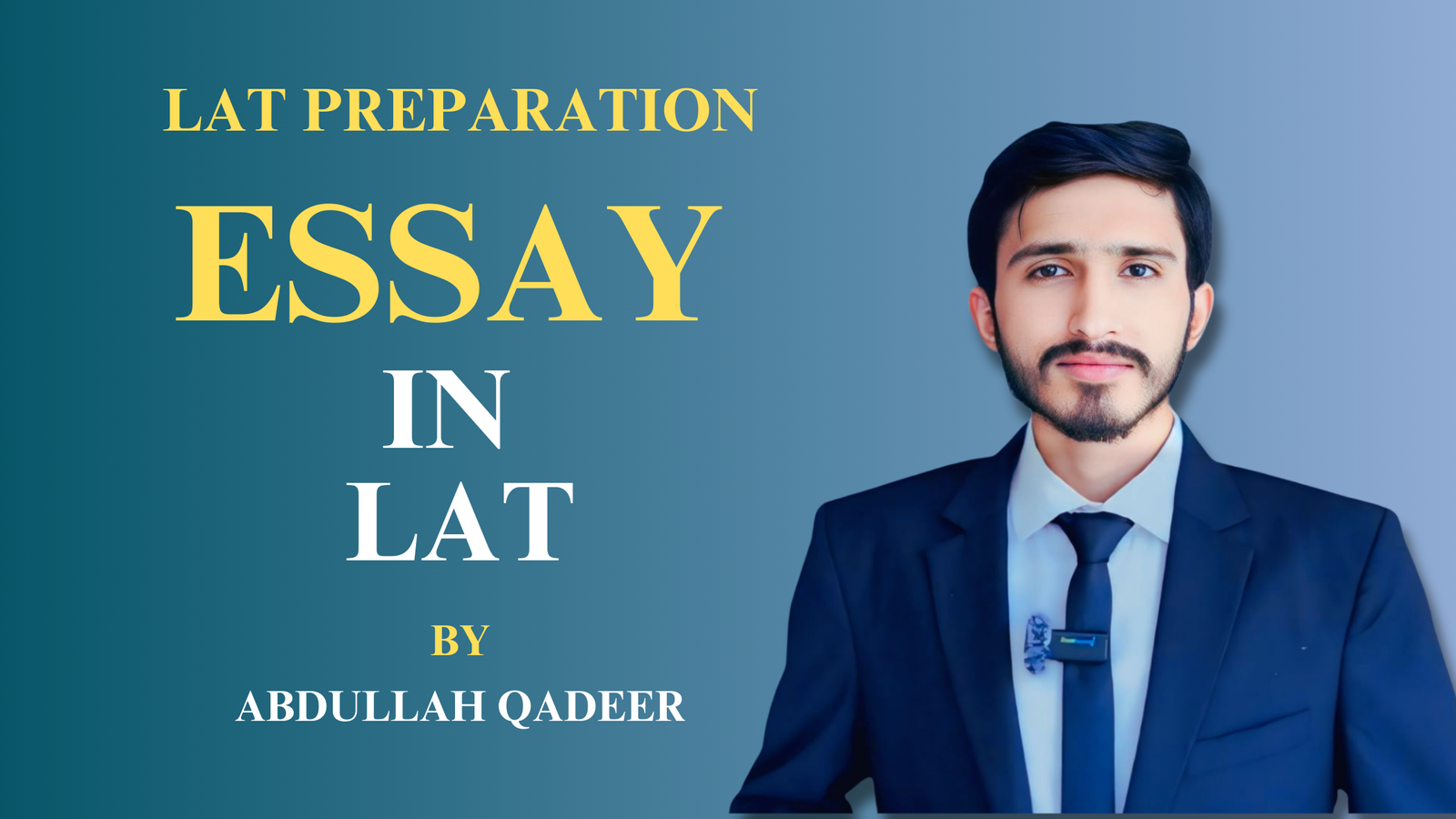An essay is a structured piece of writing where you share your thoughts, ideas, and knowledge about a specific topic. It’s like telling a story, but instead of using words to entertain, you use them to inform, persuade, or explain. Here, we’ll explore the important steps to understand and master essay writing. These steps act like a roadmap, helping you write clearly and make your ideas stick together.
CHOOSE A TOPIC
Picking a topic for your essay is like choosing your favorite flavor of ice cream. It’s essential to choose something you’re interested in, something that makes you curious or excited. When you write about something you care about, it’s easier to share your thoughts and ideas. Maybe it’s about a hobby you love, a problem you want to solve, or something you’ve always wanted to learn more about.
First, think about what makes you curious or passionate. Jot down a list of topics that come to mind. It could be anything from sports, music, or cooking to more serious things like climate change or human rights. Once you have a list, try to narrow it down. Ask yourself questions about each topic.
- Does this topic interest me?
- Can I find enough information about it?
Another important thing to consider is your audience. Who will be reading your essay? Is it your classmates, your teacher, or maybe even people outside of school? If you know your audience, you can choose a topic that they might find interesting or important. For example, if you’re writing for your classmates, a topic related to school life or current trends might catch their attention.
Remember, your topic is like the flavor of your ice cream—it should be something you enjoy and something others might want to taste too. So, take your time, think about what interests you, and pick a topic that makes you excited to start writing!
MAKE AN OUTLINE
An outline is a roadmap for your essay. It helps you organize your thoughts and decide what to write about in each part. To create an outline, start by thinking about the main points you want to talk about in your essay. These are like the big sections of your LEGO creation. Write them down in order, like a list. Each point will become a part of your essay’s body paragraphs.
Once you have your main points, think about what smaller ideas or details support each point. These are like the smaller LEGO pieces that fit into each section. Write them under each main point. This way, when you start writing, you already know what to talk about in each part.
Your outline doesn’t have to be super detailed. It’s like a rough sketch that guides you along the way. It’s okay to change things around if you find a better way to organize your thoughts. The goal is to have a plan so that when you start writing, you don’t feel lost.
Think of your outline as the blueprint for your essay, helping you build a strong structure and making the writing process smoother. So, take your time to create your outline, and soon you’ll be ready to put those LEGO pieces (or ideas) together into a fantastic essay!
INTRODUCTION OF ESSAY
The introduction of your essay is like the friendly “hello” before you start a conversation. It’s the part where you grab the reader’s attention and tell them what your essay is about. Imagine you’re inviting someone to listen to a story—you want to make it interesting right from the start.
Start your introduction with something catchy, like a surprising fact, an interesting quote, or even a question that gets people thinking. This is your hook! It’s like the tasty treat at the beginning of a meal that makes you excited for what’s to come.
After the hook, give a little background about your topic. Explain why it’s important or why you’re interested in it. This helps your reader understand what you’re going to talk about. Then, finish your introduction with a strong sentence called the thesis statement. This sentence tells the reader what your essay will be about and what your main points are.
Remember, your introduction is like the trailer for a movie—it gives a sneak peek of what’s coming up. Make it intriguing, give a hint of what’s to follow, and get your reader excited to read the rest of your essay!
BODY PARAGRAPHS
Think of the body paragraphs in your essay as the different parts of a story. Each paragraph tells a bit more about your topic, like chapters in a book. They’re the heart of your essay, where you explain your main ideas and share details.
Start each body paragraph with a clear topic sentence. This sentence tells the reader what that paragraph will be about. It’s like the title of each chapter, giving a hint about what’s coming up. Then, explain your idea in that paragraph. Provide examples, facts, or details that support your main point. Imagine you’re explaining something to a friend—make it clear and easy to understand.
Each body paragraph must connect smoothly to the next one. Use transition words like “however,” “also,” or “for example” to link your ideas together. This helps your essay flow smoothly, just like a good conversation where one idea naturally leads to the next.
Remember, the body paragraphs are where you dive deeper into your topic. Take your time to explain each main point clearly and support it with evidence. This way, your reader can easily follow along and understand your ideas.
CONCLUSION OF ESSAY
The conclusion of your essay is like wrapping up a gift—it’s the final touch that leaves a lasting impression on your reader. In this part, you summarize what you’ve talked about and bring everything together. But remember, it’s not about introducing new ideas; it’s about reminding your reader of the important things you’ve said.
Start by restating your main points. Think of it as reminding your friend of the best parts of a story you’ve shared. Repeat the key ideas from your body paragraphs but in a shorter way. Then, tie all those points back to your thesis statement—the main idea of your essay. This shows how everything you’ve talked about connects and supports your main argument.
End your conclusion with a final thought or a call to action. It’s like leaving your readers with something to think about or encouraging them to do something related to your topic. Make it impactful! It could be a suggestion, a prediction, or even a question that makes your reader ponder.
Remember, your conclusion is the last thing your reader will remember. So, make it strong and leave them feeling satisfied, like finishing a great book where everything comes together at the end.
EDITING AND POLISHING
Editing your essay is like giving it a final polish to make it shine brightly. It’s an important step where you check for mistakes and make sure your writing is clear and smooth. Take a moment to read through your essay after you’ve finished writing.
First, look for any spelling mistakes or typos. It’s like cleaning up little spills or messes—it makes your essay look neat. Then, check if your sentences make sense. Read them aloud to see if they sound right and if they connect well.
After that, focus on how your essay flows. Make sure each paragraph leads smoothly to the next. You might need to rearrange some sentences or add transition words like “however,” “therefore,” or “in addition” to help your ideas move smoothly from one to the next.
We Pray For Your Success
We’ve journeyed through the intricate process of essay writing. Remember, writing is a skill that thrives with practice. Embrace your newfound understanding of structuring ideas and expressing thoughts effectively. So, whether it’s delving into personal interests or exploring critical global issues, leap to pen down your thoughts. Start writing, start sharing, and watch your ideas resonate. Your voice matters, and through writing, it finds its resonance. Happy writing, and may your words spark conversations and inspire change!”

